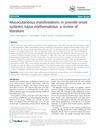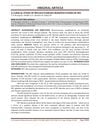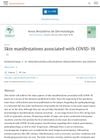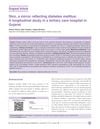Clinical Picture of Infectious Syphilis
January 1984
in “
Clinics in Dermatology
”
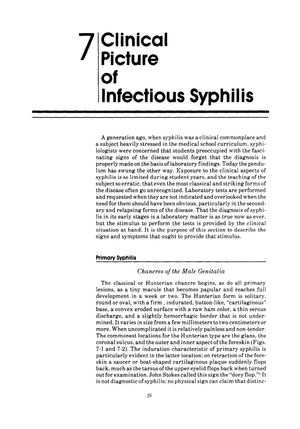
TLDR The document concludes that syphilis has varied symptoms that are often missed, making clinical awareness crucial for diagnosis.
The 1984 document outlines the clinical manifestations of infectious syphilis, stressing the need for clinical awareness to accurately diagnose the disease. It describes primary syphilis, noting that 50-60% of cases present with a Hunterian chancre and 70-80% with regional adenitis. The variability in presentation, including atypical chancres, is highlighted, as well as the occurrence of extragenital chancres, especially among male homosexuals. Secondary syphilis is characterized by its varied symptoms, which are often overlooked, with 60% of patients not recalling any symptoms and 25% showing no evidence of a previous chancre. Skin manifestations occur in 80-95+% of cases, with a series of 2,269 cases showing skin involvement in 81.1%, mucocutaneous lesions in 20-70%, and alopecia in 7.1%. Lymphadenopathy is present in over 85% of cases, while less common manifestations include iritis and rare osseous lesions. The document also discusses renal and hepatic involvement, lues maligna, and the epidemiological risk of relapsing syphilis.

